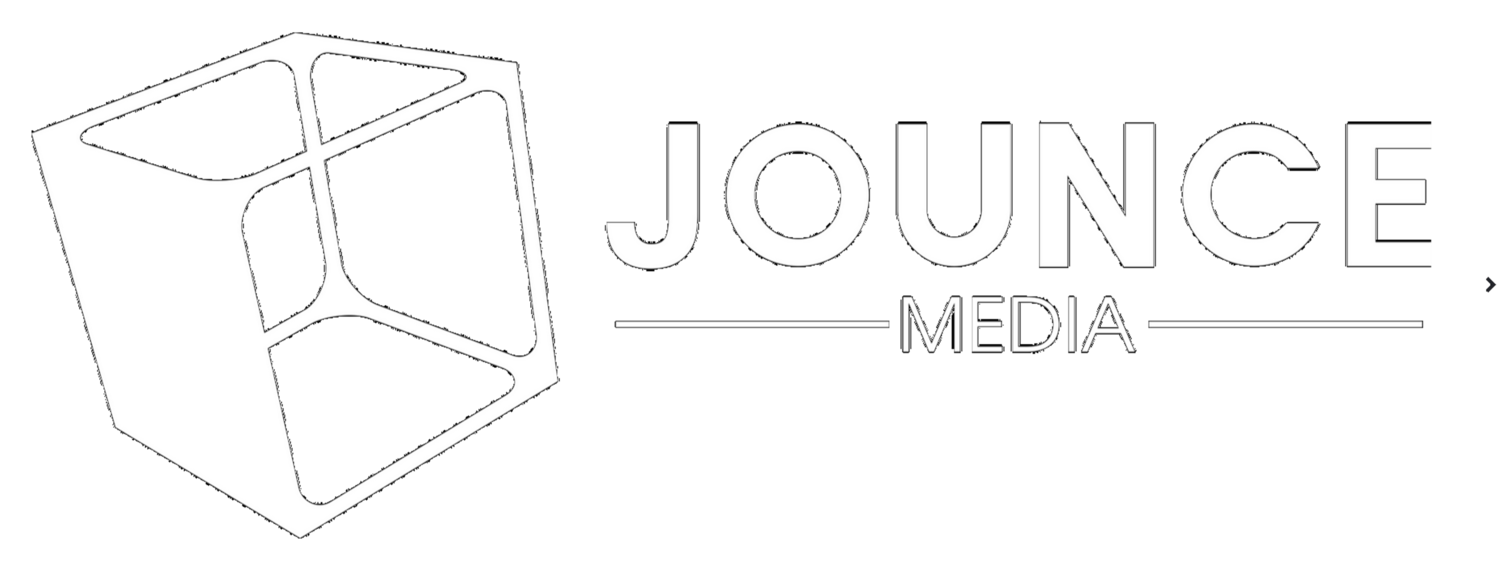We're 50 days into 2019, and the year in advertising is starting to come into focus. We've studied all the 10-Ks and read all the macro market forecasts. We’ve also compiled what we believe is the most comprehensive catalog of revenue disclosures from privately held advertising businesses. And we’ve integrated all of those data sources into a bottoms-up model that forecasts where ad budgets will flow in 2019.
In short, the walled gardens are eating programmatic, which is eating digital, which is eating traditional.
Digital Is Eating Traditional
Our macro outlook for 2019 shows continued double digit growth for the digital marketing category. In our view, this growth is driven by three factors.
First, traditional channels (TV, print, out-of-home, and radio) are either flat-lining or in decline. These outflows move to digital channels in the form of connected TV, new media publications, digital billboards, and streaming audio.
Second, small businesses are spending their first digital dollars. There are 6 million advertisers actively buying Facebook ads, up from 5 million in 2017. Those 1 million new advertisers are net inflows to the global advertising market, and their budgets disproprionately flow to Facebook and Google.
Third, retail promotional budgets are being redeployed by CPG brands and OEMs to digital channels. Budgets formerly allocated to brick-and-mortar retail promotions now fund premium placement in digital storefronts, primarily Amazon.
Programmatic Is Eating Digital
Within the digital category, programmatic advertising is the dominant transaction method, representing $147B of global ad spend in 2019. Auction based display advertising (our definition of programmatic) is now larger than search marketing and growing faster than search marketing. Nearly all of the inflows to the digital ad market from traditional channels, small businesses, and promotional spend will be transacted programmatically.
Additionally, and critically for digital publishers, we expect a continued mix shift away from hand sold reservations. Marketers will increase their total investments with open internet publishers this year, but they will divert $2.4B of spending power away from publisher-direct reservations toward non-guaranteed auctions.
Walled Gardens Are Eating Programmatic
Amazon will join Facebook and Google to become the third dominant advertising platform in 2019. These three companies will each power at least $15B of programmatic advertising and will all grow at least 20% year-over-year. Most of their revenue and their growth is driven by owned-and-operated inventory, but all three companies are also aggressively pursuing off-site advertising businesses.
Google's off-site advertising business (Google Display Network + the DV360 DSP) will capture $3.3B of inflows this year. Facebook's off-site advertising business (Facebook Audience Network) will capture $800M of inflows. And Amazon's off-site advertising business (Amazon Advertising Platform DSP) will capture $2.7B of inflows. This growth makes the big three increasingly critical monetization partners for open internet publishers.
Google, Facebook, and Amazon will collectively power more than half of open internet ad spend this year. Pair this with continued 50%+ annual growth from The Trade Desk, and there simply isn’t much room left for privately-held DSPs to grow in 2019. We project that the total ad budgets powered by independent DSPs will decline from $17.5B in 2018 to $16.2B in 2019. There will of course be growth stories in the independent DSP category, though these growth stories will be fueled by share shift, not category growth. We expect scaled players to consolidate market share while sub-scale DSPs experience steep declines.



